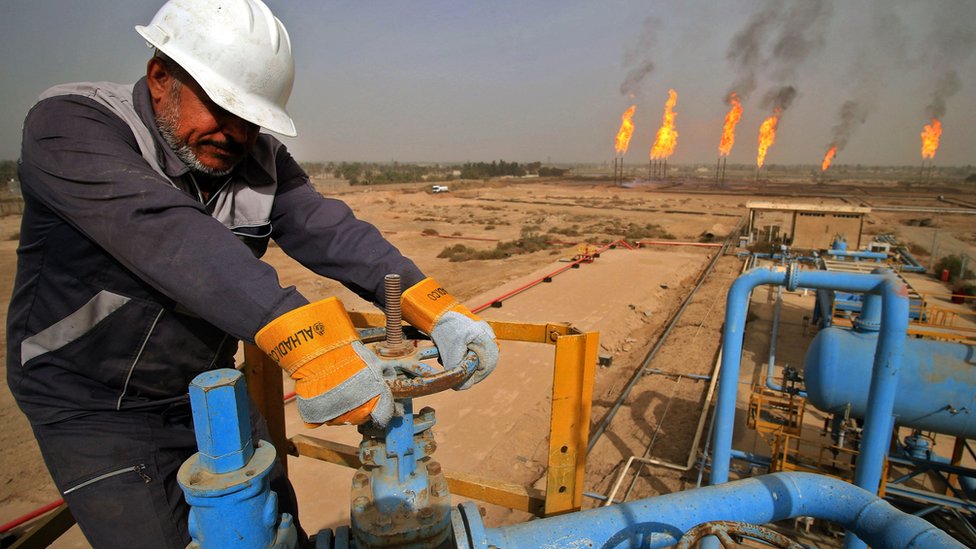
Oil prices have experienced a slight decline as concerns over China’s economic slowdown have overshadowed supply disruptions caused by Libya’s halted oil exports. Libya’s ongoing political turmoil, including the declaration of force majeure at the El-Feel oil field, has significantly reduced its oil production. However, these supply issues have been insufficient to boost prices, as the market remains weighed down by worries about reduced demand from China, the world’s second-largest oil consumer. The situation reflects a broader trend where demand concerns, particularly from major economies like China and the U.S., continue to exert downward pressure on oil prices despite supply disruptions.
This dynamic is expected to persist as OPEC+ prepares to increase output, further complicating the market’s outlook for the coming months.
Oil prices have recently dipped as growing concerns about China’s economic health have outweighed the impact of Libya’s halted oil exports. China’s ongoing economic struggles, particularly in its property sector and overall demand for commodities, have led to a significant decrease in oil demand projections. This is particularly impactful given China’s status as one of the largest global oil consumers. Simultaneously, Libya’s oil production has been severely disrupted due to a power struggle, leading to a halt in exports from key oil fields like El-Feel.

Despite these supply issues, market sentiment remains bearish. The possibility of increased production from OPEC+ in the coming months has further contributed to the downward pressure on oil prices. The market is bracing for more oil supply as OPEC+ members plan to increase output starting in October. This could exacerbate the current oversupply concerns, especially if demand from major economies like China continues to falter.
The global oil market is also being influenced by geopolitical factors, including U.S. sanctions on Venezuela and the potential impact of these actions on global oil flows. However, these factors have not been enough to offset the prevailing worries about weakening demand, particularly from China. The overall sentiment in the market remains cautious, with many traders adopting a risk-averse approach as they wait to see how these dynamics will unfold in the coming months.
In conclusion, while supply disruptions in Libya have historically supported oil prices, the current market is dominated by concerns over weakening demand, particularly from China. This shift highlights the complex interplay between supply-side disruptions and demand-side concerns in determining oil prices. As the market navigates these challenges, attention will remain focused on China’s economic indicators and OPEC+’s production strategies.





